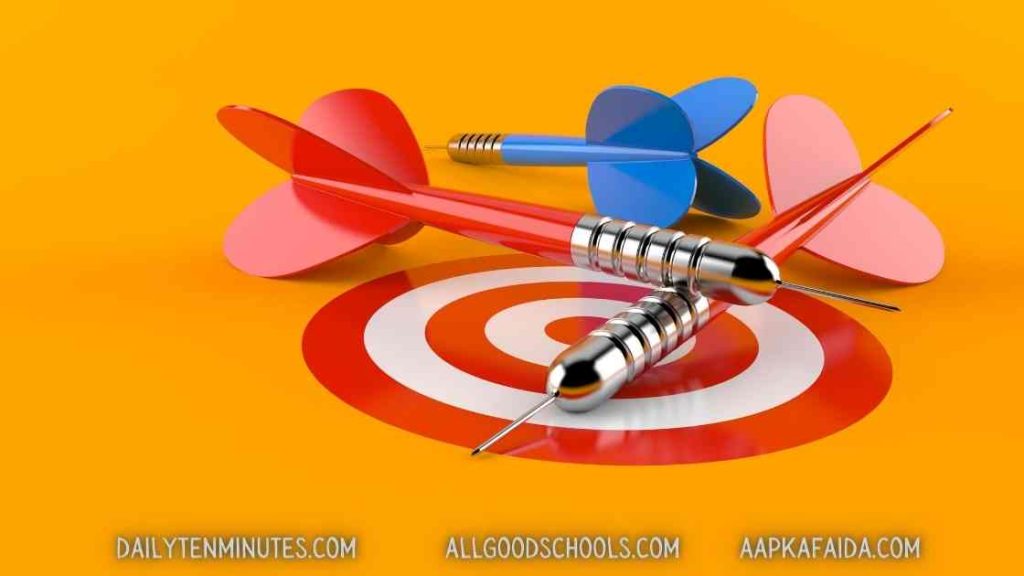Table of Contents
Mathematics is a fundamental subject that forms the basis of various disciplines and plays a crucial role in shaping a child’s cognitive development. As educators, it is our responsibility to make math engaging, accessible, and enjoyable for elementary school students. By implementing effective teaching strategies, we can instill a positive attitude towards math and help children develop essential problem-solving and critical thinking skills from an early age. Elementary Math Teaching 7 Effective Strategies
Good educators make a difference in how their students learn and how they feel about their learning. As a math teacher, you have the opportunity not only to instill a love of math in your students, but also to teach them foundational concepts they’ll use throughout their education.
Read on to find out how to create effective and engaging math lessons for elementary students! Let us Explore 7 Effective Elementary Math Teaching Strategies
Table of Contents
Elementary Math Teaching 7 Effective Strategies
1. Hands-On Learning and Manipulatives
One of the most effective ways to introduce math concepts to young learners is through hands-on learning and manipulatives. Manipulatives are physical objects that students can touch, move, and interact with to understand abstract mathematical ideas. These can include counting blocks, geometric shapes, measuring tools, and fraction pieces, among others. Hands-on learning helps children visualize math concepts, making them more concrete and tangible. This strategy fosters a deeper understanding of mathematical principles and motivates students to explore and experiment with numbers, shapes, and patterns independently.
For example, when teaching addition and subtraction, students can use counting beads or blocks to physically represent the numbers they are working with. Similarly, for geometry lessons, students can use pattern blocks to build shapes and explore their properties, fostering a more profound understanding of spatial relationships.
2. Real-World Application
One of the Elementary Math Teaching 7 Effective Strategies, connecting math to real-world applications is a powerful method to engage elementary students and demonstrate the relevance of math in their daily lives. Teachers can use everyday scenarios, such as shopping, cooking, or measuring, to illustrate mathematical concepts. For instance, when teaching fractions, a teacher can involve students in dividing a pizza into equal parts or sharing cookies among friends. Real-world application not only enhances students’ understanding of math but also helps them see the value of the subject beyond the classroom, both for convergent as well as divergent students.
Furthermore, integrating technology can enhance real-world connections. Students can use measurement apps to measure objects in their environment or use math software to simulate real-life scenarios, such as running a virtual store and calculating profits and expenses.
3. Games and Puzzles
Incorporating games and puzzles into math lessons can turn learning into an enjoyable and interactive experience. Math games can range from simple card games that reinforce addition and subtraction to more complex board games that involve problem-solving and strategy. Puzzles, such as Sudoku or logic puzzles, challenge students’ minds and encourage them to think critically. By infusing playfulness into math learning, teachers can reduce anxiety related to the subject and create a positive learning environment where students feel motivated to explore and master math concepts.

Moreover, math games and puzzles can be used as a form of formative assessment. Teachers can observe students’ problem-solving approaches and identify areas that need further reinforcement. Games can also be used as a collaborative activity, promoting teamwork and communication skills.
4. Differentiated Instruction
Each student learns at their own pace and has unique learning preferences. Implementing differentiated instruction in the math classroom acknowledges these individual differences and tailors teaching to meet each student’s needs. Teachers can group students based on their skill levels and provide customized activities, materials, and challenges. This approach ensures that struggling students receive the support they need, while advanced students can explore more complex topics. By catering to diverse learning styles and abilities, teachers can foster a positive learning experience and improve overall math proficiency. Elementary Math Teaching 7 Effective Strategies.
Differentiated instruction can involve a range of strategies, such as providing supplementary materials for students who need extra practice, offering extension activities for those who grasp concepts quickly, and incorporating technology to accommodate various learning preferences.
5. Problem-Solving Approach
Mathematics is not solely about memorizing formulas and procedures; it is about solving problems and thinking critically. By adopting a problem-solving approach, teachers encourage students to analyze situations, devise strategies, and apply their mathematical knowledge to find solutions. Presenting open-ended problems and encouraging discussions on different approaches allows students to build problem-solving skills and boosts their confidence in tackling challenging math tasks.
To further enhance problem-solving skills, teachers can encourage students to present their problem-solving methods to the class, allowing for discussions and comparisons of different approaches. This peer learning process can expose students to a variety of problem-solving strategies and broaden their problem-solving abilities.
6. Visual Representations
This is one of the Elementary Math Teaching 7 Effective Strategies . Visual representations, such as charts, graphs, and diagrams, are valuable tools to aid comprehension in math. Visuals help students organize information, identify patterns, and make connections between concepts. For instance, when teaching data interpretation, teachers can use bar graphs or pie charts to present information in a more accessible format. Visuals also benefit visual learners, making complex information more digestible and enhancing overall understanding.
Teachers can encourage students to create their visual representations, which fosters creativity and reinforces learning. For example, students can use drawings or digital tools to illustrate geometric concepts or represent word problems visually.
7. Regular Review and Reinforcement
Consistent review and reinforcement are essential in ensuring that students retain and apply mathematical concepts effectively. Teachers can incorporate brief review sessions at the beginning of each class or dedicate specific days for revisiting previously learned topics. Regular practice through worksheets, quizzes, and interactive activities helps reinforce learning and builds fluency in math. Furthermore, constructive feedback and positive reinforcement motivate students to continue their efforts and strive for improvement.

In addition to traditional review methods, teachers can use formative assessments to identify areas of weakness and adjust their teaching accordingly. Formative assessments, such as exit tickets or short quizzes, provide valuable feedback that allows teachers to tailor their lessons to address specific student needs effectively.
How Can Math Tutors Benefit From Effective Elementary Math Teaching?
Math tutors play a vital role in supporting students’ academic progress. By incorporating effective elementary math teaching strategies, Expert home tutor can create engaging and dynamic learning experiences that cater to each student’s needs. These strategies foster a deeper understanding of math concepts, boost students’ confidence, and improve their overall academic performance. As tutors implement hands-on learning, visual aids, real-life applications, differentiated instruction, problem-solving approaches, group activities, and technology integration, they can create a well-rounded and impactful learning environment for their students.
Conclusion
Effective elementary math teaching strategies play a crucial role in shaping students’ attitudes and performance in mathematics. By incorporating hands-on learning, real-world applications, games, differentiated instruction, problem-solving, visual representations, and regular review, teachers can create a dynamic and engaging math classroom. Fostering a positive math learning experience during these formative years equips students with the necessary skills and confidence to excel in math and other academic pursuits throughout their educational journey and beyond. As educators, let us embrace these strategies to inspire a new generation of math enthusiasts and problem solvers.
[/et_pb_text][et_pb_comments _builder_version=”4.22.0″ _module_preset=”default” hover_enabled=”0″ sticky_enabled=”0″][/et_pb_comments][/et_pb_column][et_pb_column _builder_version=”4.22.0″ _module_preset=”default” type=”1_3″][et_pb_blog _builder_version=”4.22.0″ _module_preset=”default” border_width_all_image=”1px” border_color_all_image=”#000000″ box_shadow_style_image=”preset2″ box_shadow_color_image=”#000000″ hover_enabled=”0″ sticky_enabled=”0″ posts_number=”8″ show_author=”off” show_date=”off” show_categories=”off”][/et_pb_blog][/et_pb_column][/et_pb_row][et_pb_row _builder_version=”4.22.0″ _module_preset=”default”][et_pb_column _builder_version=”4.22.0″ _module_preset=”default” type=”4_4″][brbl_post_ticker _builder_version=”4.22.0″ _module_preset=”default” hover_enabled=”0″ sticky_enabled=”0″ title=”You May Like: “][/brbl_post_ticker][/et_pb_column][/et_pb_row][et_pb_row _builder_version=”4.22.0″ _module_preset=”default”][et_pb_column _builder_version=”4.22.0″ _module_preset=”default” type=”4_4″][brbl_post_carousel _builder_version=”4.22.0″ _module_preset=”default” layout=”layout2″ show_author=”off” show_date=”off” hover_enabled=”0″ sticky_enabled=”0″][/brbl_post_carousel][/et_pb_column][/et_pb_row][/et_pb_section]



2 comments
informative article
very informative article